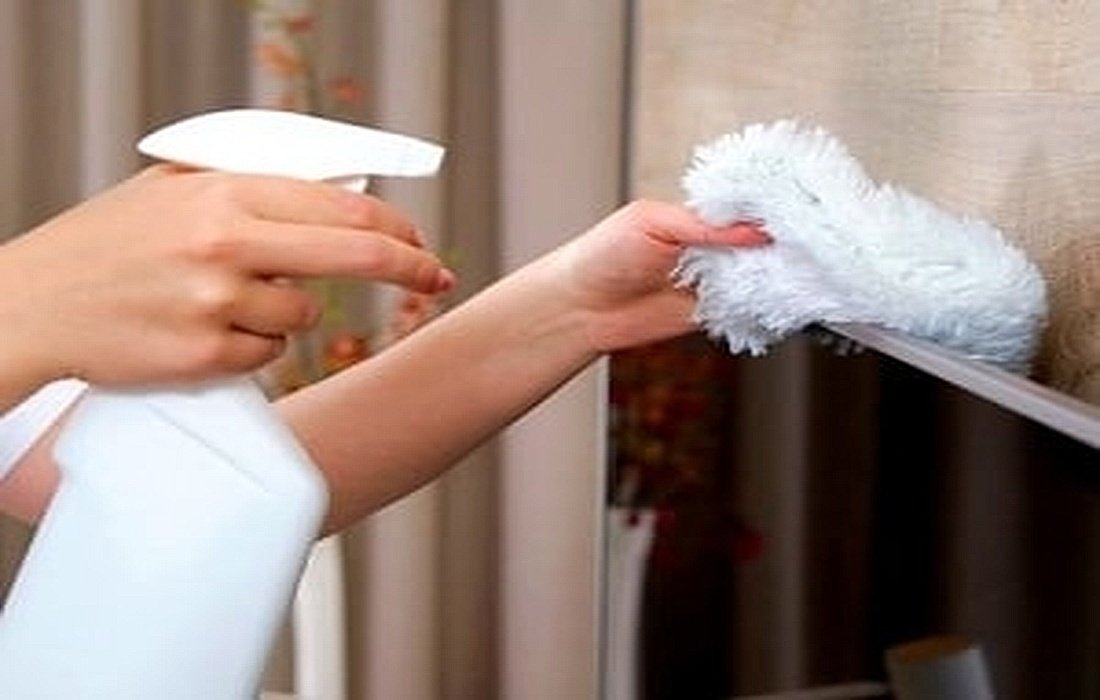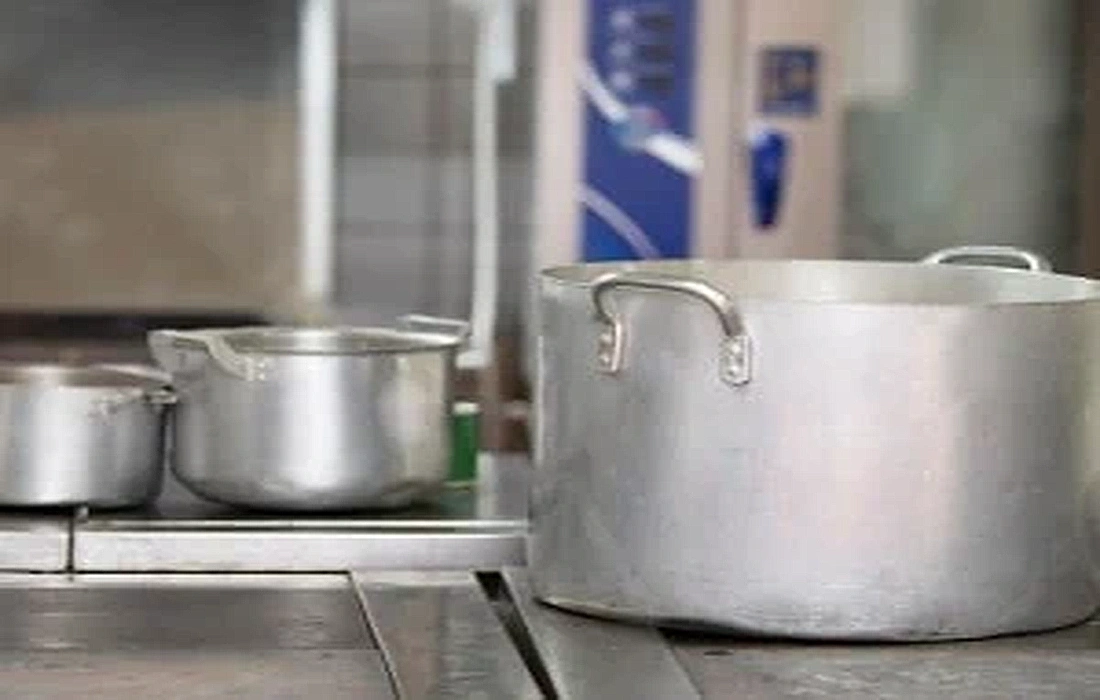Essential Methods for Keeping Your Kitchen CleanSterilizing Your Kitchen
All women place great importance on a clean kitchen and ensure their kitchen items are tidy. Interestingly, the kitchen is a great place for bacteria that you might not expect to find there.
Thus, simply cleaning the kitchen is not enough to protect you from illnesses; it is better to identify kitchen items that may cause sickness and take steps to guard yourself against kitchen contaminants.SelMagzWe will introduce you to the surprising dirty spots in your kitchen.
The Kitchen Sink
The kitchen sink is one of the most contaminated areas, home to E. coli bacteria. After preparing food or washing dishes, don’t just rinse the sink with water; clean it with a bleach solution, then rinse with water to eliminate the germs.
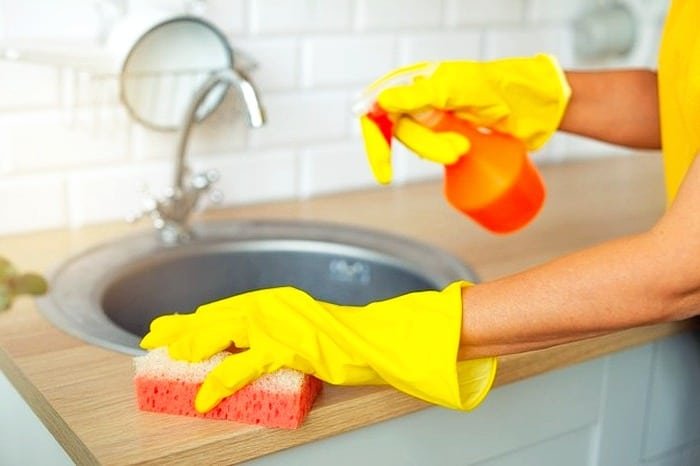
What Should We Do to Sterilize the Kitchen?
The Refrigerator
If your refrigerator is below 40 degrees Fahrenheit, your food won’t spoil, as the cold air slows bacterial growth. So be sure to check your fridge temperature. If it’s above that, your food may spoil and cause illness.Food ItemsInside may spoil and make you sick.
The Cutting Board
If you have one cutting board and use it for both raw foods like meat and cooked foods, you should know that bacteria from raw items can contaminate cooked foods that are cut on the same board. It’s better to have separate boards for raw and cooked items.
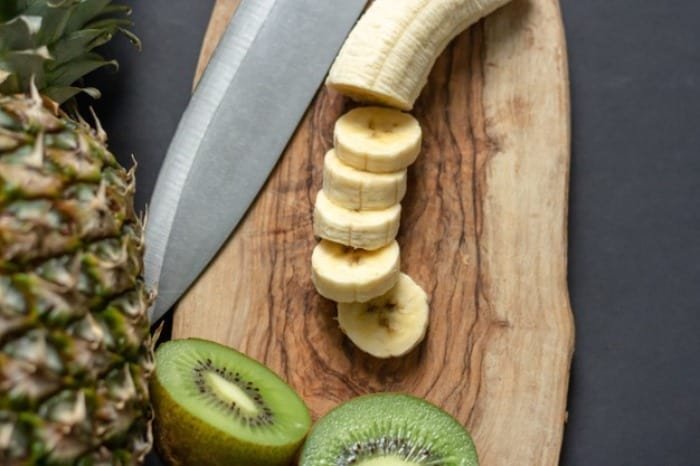
Methods to Sterilize the Dirtiest Kitchen Items
Leftover Foods
Eating foods that have been in the refrigerator for too long can lead tofood poisoningSo, throw away foods that have been in your fridge for more than 24 hours. Be precise with measurements when cooking to avoid leftovers, so you won’t need to keep them long or throw them away if not eaten.
Raw EggsEggs
Eggs are very nutritious, but eating raw eggs can lead to illness. If you enjoy raw eggs, know that the shell of uncooked eggs carries bacteria that can make you sick, so never eat raw eggs or give them to your child.
Salmonella is one of the bacteria present in raw eggs. It is responsible for some of the most common food poisoning cases. Salmonella can infect a bird’s ovaries before laying eggs, or it can penetrate the eggshell during laying. Cooking food kills salmonella.
If you want to use raw eggs in your cooking, choose sterilized egg products to avoid sickness.
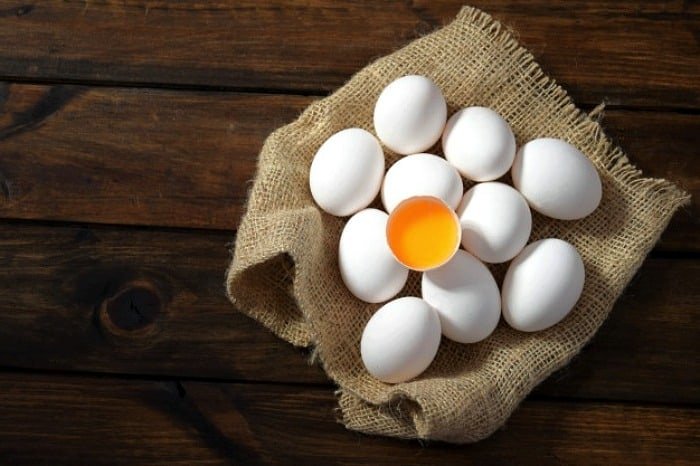
The Best Cleaning Methods for the Kitchen
Can Openers
Can openers are kitchen tools that transfer germs from one item to another and help spread bacteria in the kitchen. Therefore, disinfect them in the dishwasher or wash them with hot water andsoapbefore each use, and then use a bleach solution and let them air dry.
Dish Sponges
One of the dirtiest items in the kitchen is dish sponges, which many of us think are clean because they are exposed to water and dish soap daily. However, you may find that they harbor the most germs, as dish sponges are 150 times more bacteria-laden than other kitchen items. If you don’t sanitize your sponge regularly, bacteria will multiply on it.
There are many methods for disinfecting dish sponges, which we have discussed separately. Read that for solutions to eliminate sponge bacteria, or microwave a wet sponge for two minutes each day and replace it with a new one every two weeks.
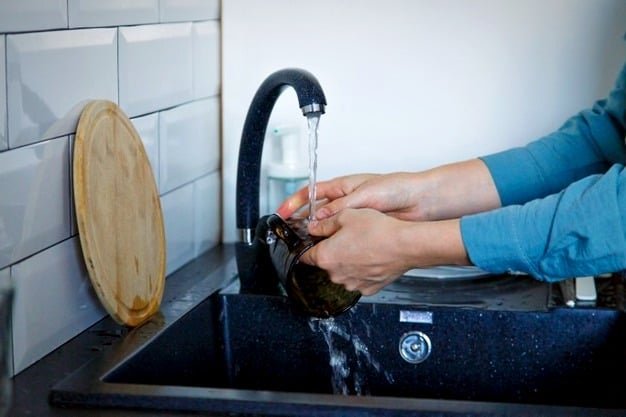
Tips for Disinfecting and Eliminating Kitchen Contaminants
Hand Towels
Hand towels in the kitchen also become a breeding ground for bacteria, especially E. coli, due to moisture. So after each use, let them dry thoroughly. If you cleaned up a mess with one, wash and dry it properly.
CoffeeMakers
Many people use coffee makers daily after waking up; therefore, they require regular cleaning to prevent bacteria from spreading, as there can be 4.6 million colonies of bacteria and fungi in a coffee maker. Thus, after swapping out water, usevinegarfor internal cleaning to prevent bacteria growth.



